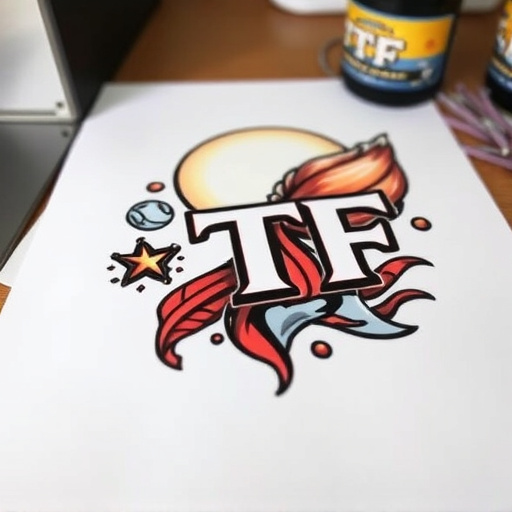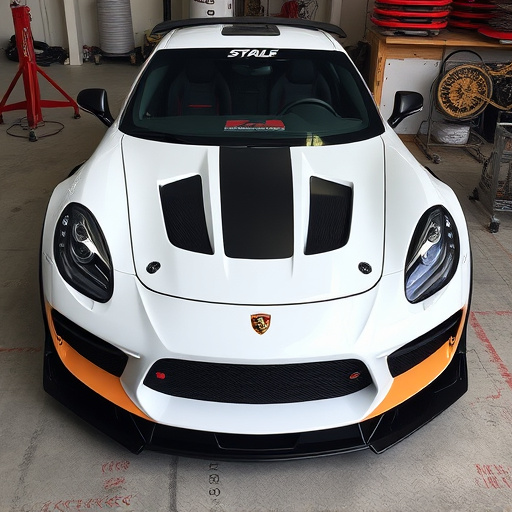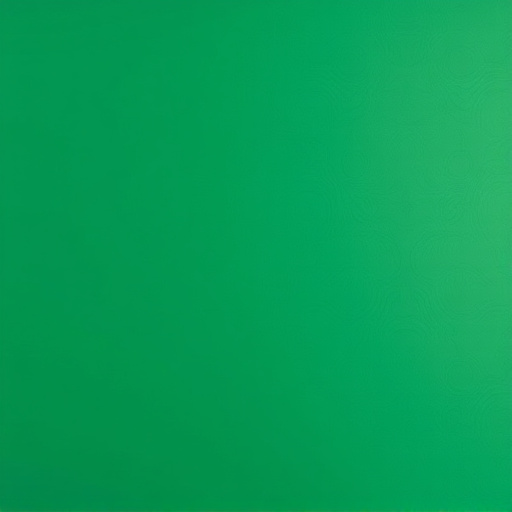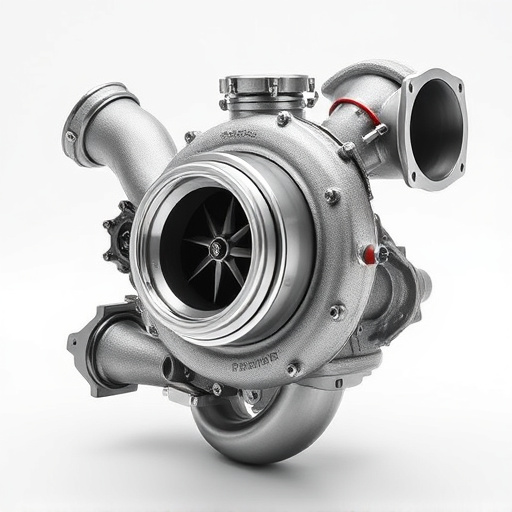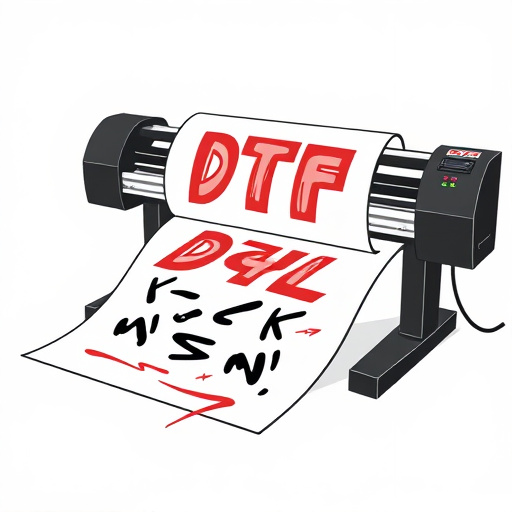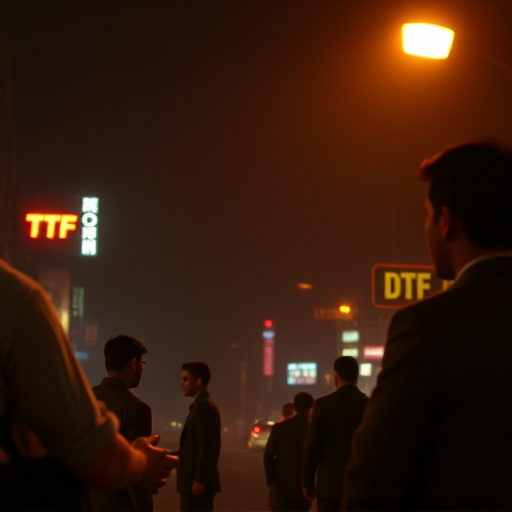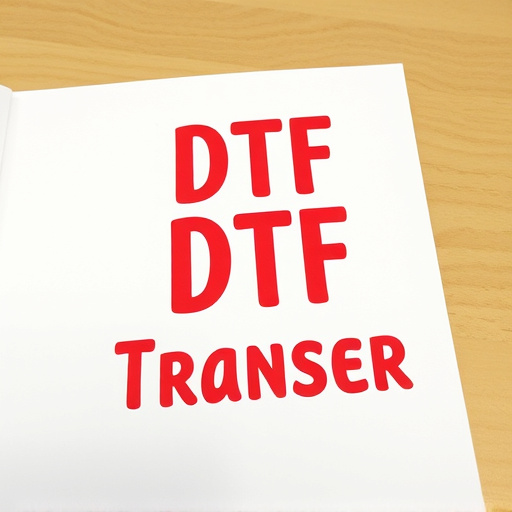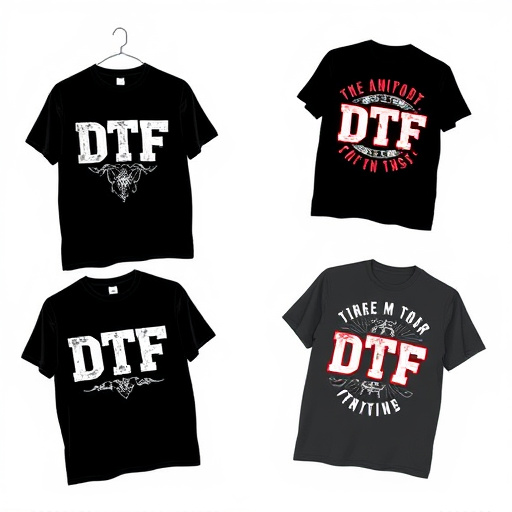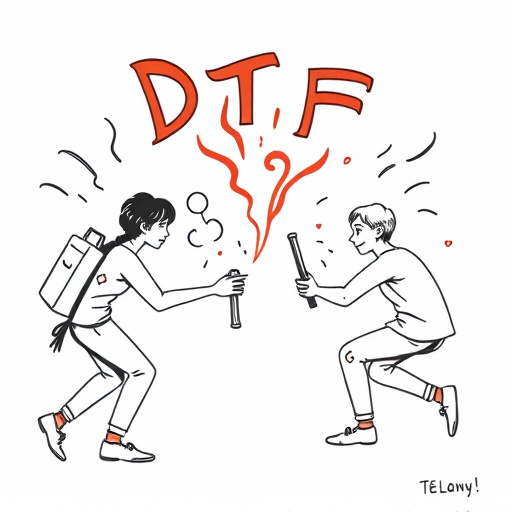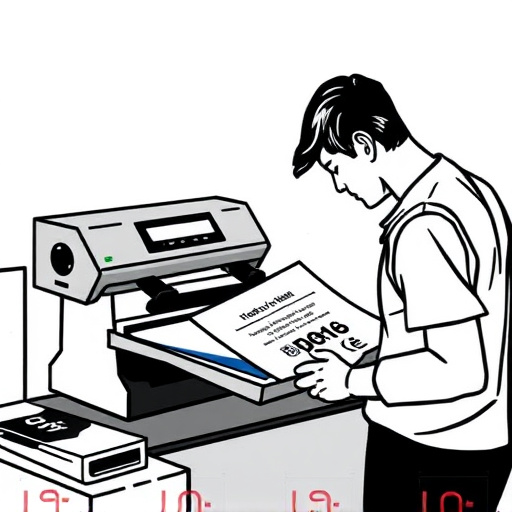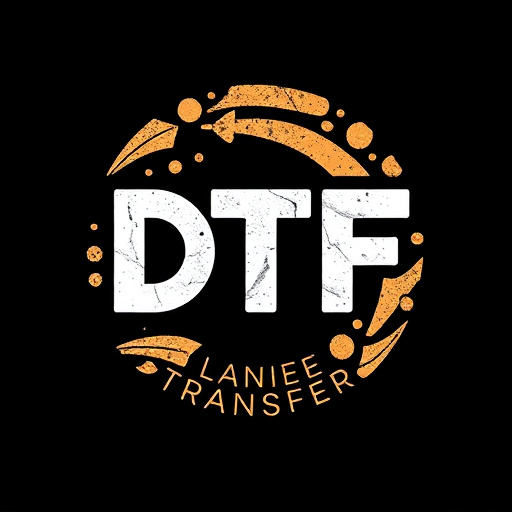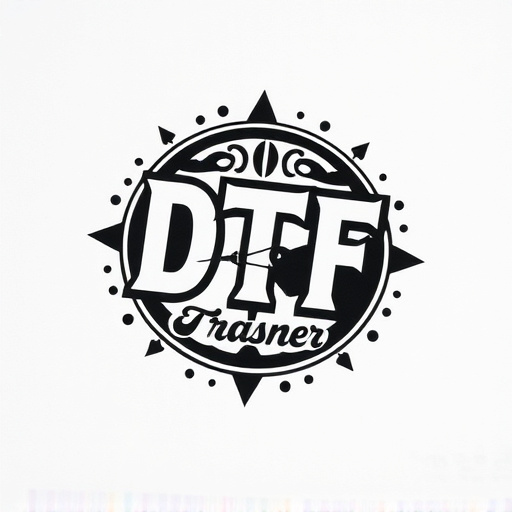Custom DTF Transfers offer a versatile way to personalize products, but require careful attention to detail to avoid common mistakes like blurry designs and font problems. Ensuring design files meet specific DTF requirements, including correct dimensions, vector graphics, and color modes, is key for successful printing outcomes on materials like hoodies. This cutting-edge technique, using heat and pressure to transfer ink from film to substrates, revolutionizes customization of apparel and accessories with vibrant, intricate prints.
Custom DTF (Direct to Film) transfers offer a high-quality way to reproduce images on various surfaces, enhancing visual experiences. However, common mistakes can lead to subpar results. This article explores critical errors to avoid in custom DTF transfers, ensuring optimal outcomes. We’ll delve into technical issues like resolution mismatches and file format problems, as well as practical concerns such as source material quality and inadequate communication. By understanding these pitfalls, you can perfect your custom DTF transfer process.
- Understanding DTF Transfers and Common Pitfalls
- – Definition of DTF (Direct to Film) transfers
- – Purpose and benefits of custom DTF transfers
Understanding DTF Transfers and Common Pitfalls
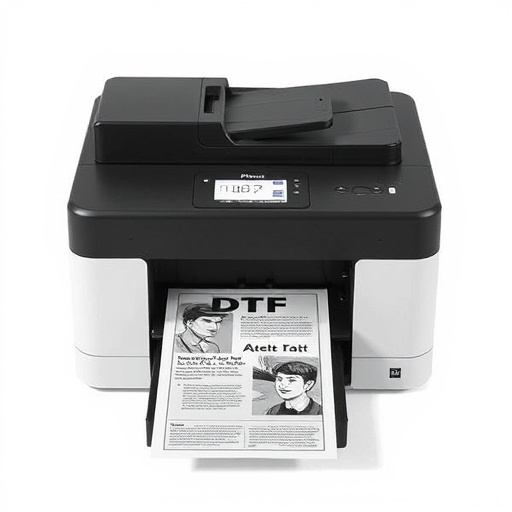
Custom DTF Transfers offer a unique and versatile way to personalize various products, from apparel to accessories. However, navigating this process can be fraught with common mistakes that hinder the desired outcome. Understanding these pitfalls is key to ensuring successful direct-to-film (DTF) printing for hoodies and other items.
One of the primary issues lies in improper file preparation. Using the wrong file format or resolution can result in blurry prints or distorted designs on personalized hoodies. It’s essential to ensure your design files meet the specific requirements for DTF transfers, including correct dimensions, vector graphics, and adequate color modes. Additionally, overlooking potential problems like missing elements or font issues within the design can lead to disappointing outcomes during the printing process, emphasizing the need for meticulous attention to detail.
– Definition of DTF (Direct to Film) transfers
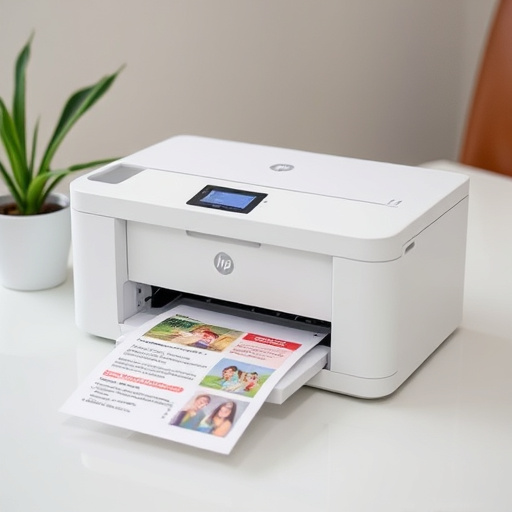
Direct to Film (DTF) transfers are a cutting-edge printing method that allows for high-quality imaging directly onto various materials, including textiles and plastics. This innovative process involves transferring ink from a film or sheet to a substrate using heat and pressure, creating precise, vibrant prints. Custom DTF transfers have gained immense popularity due to their versatility, enabling businesses and creatives to produce unique, personalized designs with ease.
By utilizing DTF heat transfer paper, users can achieve outstanding results, whether applying intricate graphics to apparel or adorning accessories with detailed artwork. The cold peel DTF transfers ensure a smooth finish and easy application, making the process accessible for both professionals and hobbyists. This method offers an alternative to traditional printing techniques, revolutionizing the way custom designs are brought to life across diverse products, from clothing to home decor items.
– Purpose and benefits of custom DTF transfers
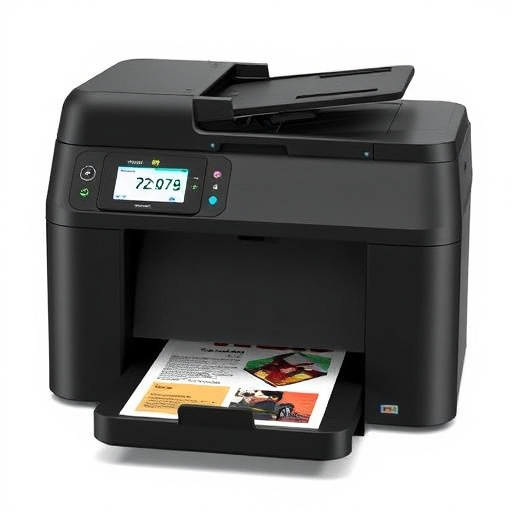
Custom DTF (Direct-To-Film) transfers offer a unique and versatile method of printing designs onto various fabrics, allowing for high-quality, durable, and personalized clothing items. This innovative technique has gained popularity among fashion designers, entrepreneurs, and hobbyists alike due to its ability to produce intricate, vibrant prints with minimal setup time. By bypassing traditional screen printing methods, custom DTF transfers provide a more efficient and cost-effective solution for creating unique apparel and accessories.
The benefits of custom DTF transfers are numerous. It enables the creation of one-of-a-kind garments, perfect for small batch production or even single-piece customization. This technology allows for direct printing on to the fabric surface, resulting in crisp, clear images with precise color replication. Moreover, DTF printing for hoodies and other items is a quick process, making it ideal for those who need to produce custom designs promptly. With the right best DTF printer, individuals can explore their creativity, ensuring their garments stand out in a competitive market while avoiding common mistakes that could hinder the quality of their prints.
When utilizing custom DTF transfers, understanding the process and potential pitfalls is key to achieving high-quality results. By avoiding common mistakes such as low resolution inputs, color profile misalignments, and improper file formats, you can ensure your custom DTF transfers maintain the intended visual integrity. Remember, attention to detail during each step of the workflow will deliver exceptional prints, making custom DTF transfers a valuable asset for enhancing your creative vision.

